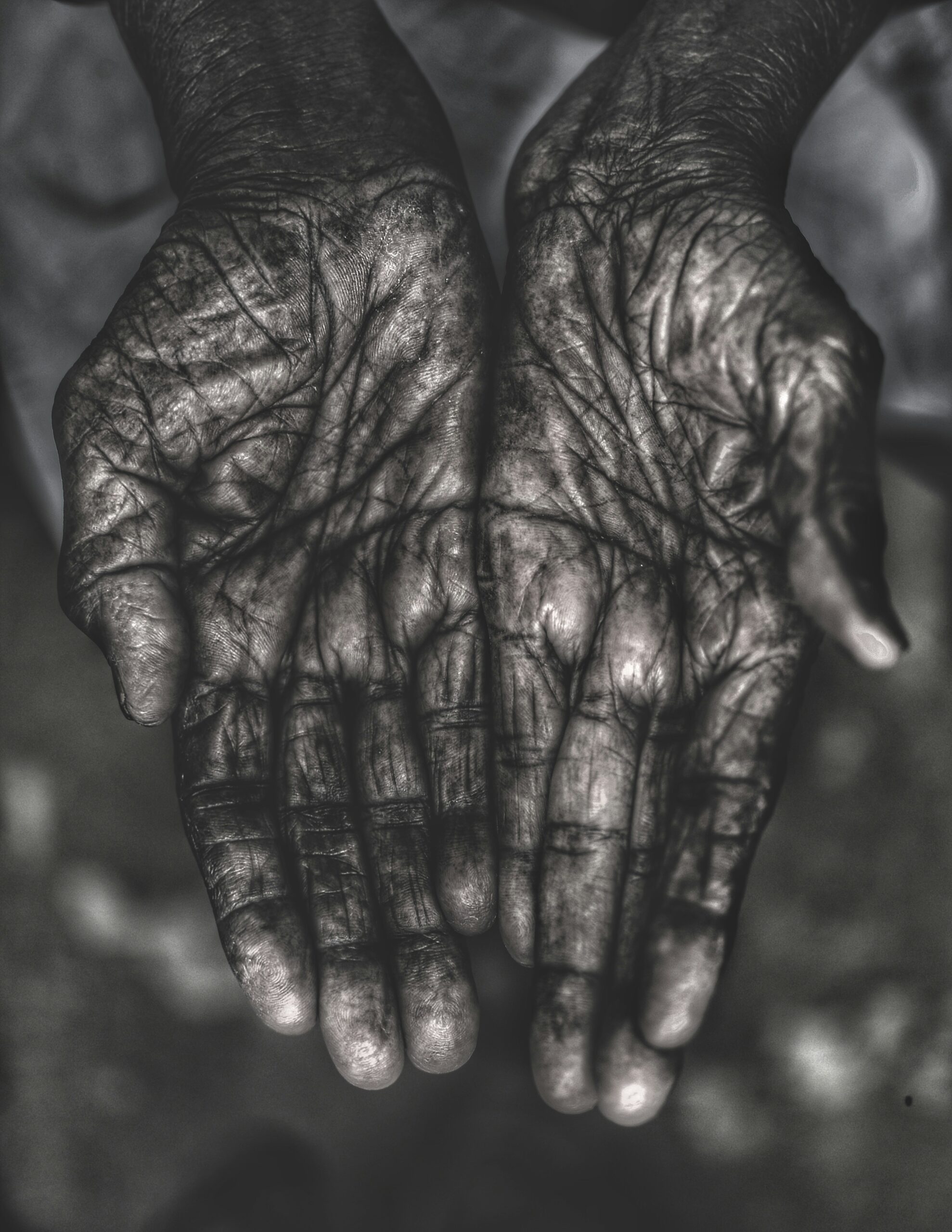The Art of Palm Reading: A Comprehensive Guide
Imagine having the keys to understanding your destiny, emotional links, and personal traits right within the palm of your hand. Palm reading, commonly known as palmistry or chiromancy, is an ancient practice embraced globally. With roots tracing back to Indian astrology and Roman divination, this art form can be explored by anyone today. Whether you aspire to master palm reading or simply wish to entertain friends, this guide will provide all the essential information to navigate palm lines.
Understanding the Basics of Palmistry
In the practice of palmistry, it is believed that the significance of the hands differs between genders. For women, the right hand symbolizes innate qualities, while the left hand exhibits what has been achieved over time. Conversely, for men, the left hand reflects inherent traits, whereas the right hand delineates experiences accumulated over a lifetime. However, you might also designate your dominant hand as representing your current existence while viewing your non-dominant hand as a reflection of your future.
Different interpretations exist regarding whether the left hand symbolizes potential or reality, indicating that variations in palm lines can suggest significant life changes or decisions ahead.
Key Lines in Palmistry
To dive into palmistry, it is crucial to identify four primary lines, which may vary in appearance:
- Heart Line
- Head Line
- Lifeline
- Fate Line (not present for everyone).
Heart Line Insights
This line can be interpreted in two ways, depending on your tradition. Common readings include:
- Starts beneath the index finger: Indicates satisfaction in romantic life.
- Begins under the middle finger: Suggests self-centeredness in love.
- Centered: Signifies a propensity for falling in love quickly.
- Straight and short: Reflects lesser interest in romance.
- Touches the lifeline: Denotes vulnerability in relationships.
- Long and curvy: Indicates open emotional expression.
- Wavy: Suggests multiple relationships without long-term commitment.
- Circle on the line: Points to emotional distress or sadness.
- Broken line: Reflects past emotional traumas.
Exploring the Head Line
The nature of this line reveals one’s thought processes and creativity. Key interpretations include:
- Short line: Preference for physical achievements over mental endeavors.
- Curvy line: Associated with creativity.
- Wavy: Suggests a brief focus or attention span.
- Long and deep: Represents clarity in thinking.
- Straight line: Indicates realistic thought patterns.
- Broken line: Reflects inconsistencies in reasoning.
Lifeline and Its Significance
The lifeline is not about longevity but the quality of life. Interpretative clues include:
- Runs close to the thumb: A tendency toward fatigue.
- Curvy: Indicates vitality and energy levels.
- Long and deep: Suggests robust health and vitality.
- Short and shallow: Implies susceptibility to manipulation by others.
- Circle: May denote past hospitalization.
- Break: Indicates dramatic life changes.
Fate Line: Destiny and Control
The fate line sheds light on how external forces influence one’s life journey. Interpretations include:
- Deep lines: Suggest a life deeply influenced by fate.
- Changing directions: Reflects a life marked by significant changes.
- Connected to the lifeline: Denotes a self-made journey, initiated early in life.
Understanding Palm Shapes
Different palm shapes represent varying personality traits:
- Earth Hands: Square palms, robust fingers; signify practicality but potential stubbornness.
- Air Hands: Longer fingers, square palms; associated with social and communicative personalities.
- Water Hands: Oval-shaped palms, flexible fingers; denote creativity and sensitivity.
- Fire Hands: Longer palms with shorter fingers; signify spontaneity and extroversion.
Examining the Mounts
The mounts are the fleshy pads beneath the fingers. Observing their size can provide further insights:
- Mount of Venus (under the thumb): A large mount indicates a hedonistic nature, while a small one suggests minimal interest in familial matters.
- Jupiter Mount (under the index finger): A well-developed mount represents dominance, while a diminished one may signal lack of confidence.
- Saturn Mount (under the middle finger): A high mount reveals stubbornness, while a low one can point to superficiality.
The Importance of Finger Size and Shape
Hand size and finger shape can influence personality interpretations.
- Small Hands: Typically active and spontaneous.
- Large Hands: Indicate contemplation before actions.
- Long Fingers: May suggest anxiety and gentility.
- Short Fingers: Often linked to a more anxious disposition.
Closing Reflections on Palm Reading
Exploring palmistry offers insights not only into one’s past experiences but also into possible future pathways. However, it is vital to remember that palm reading is a spiritual practice rather than a definitive science. The interpretation of these lines can fluctuate as life progresses.
For anyone looking to delve into palm reading, ensure adequate lighting to facilitate clear reading. Above all, embrace the light-hearted nature of this practice, steering clear of grim predictions.



